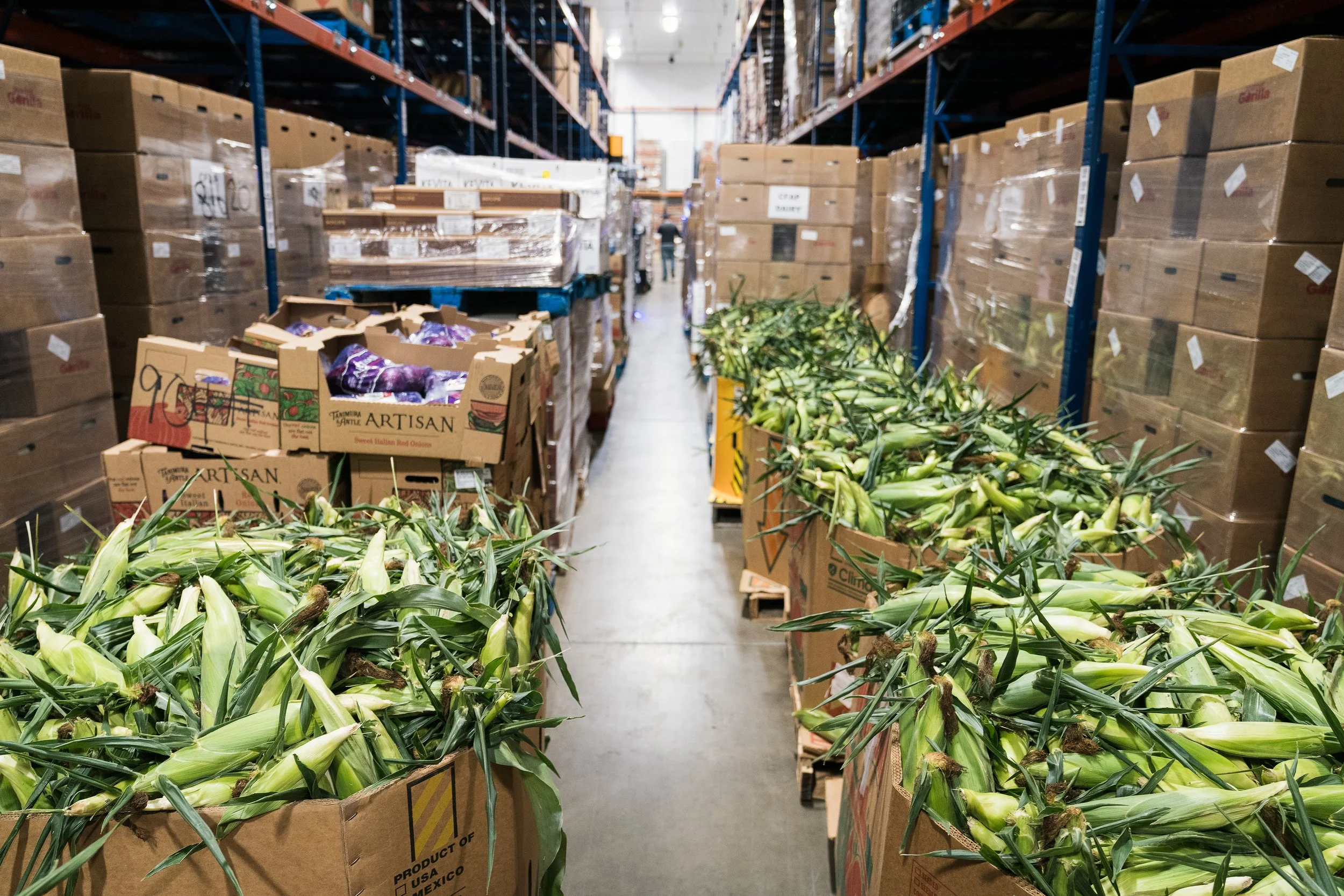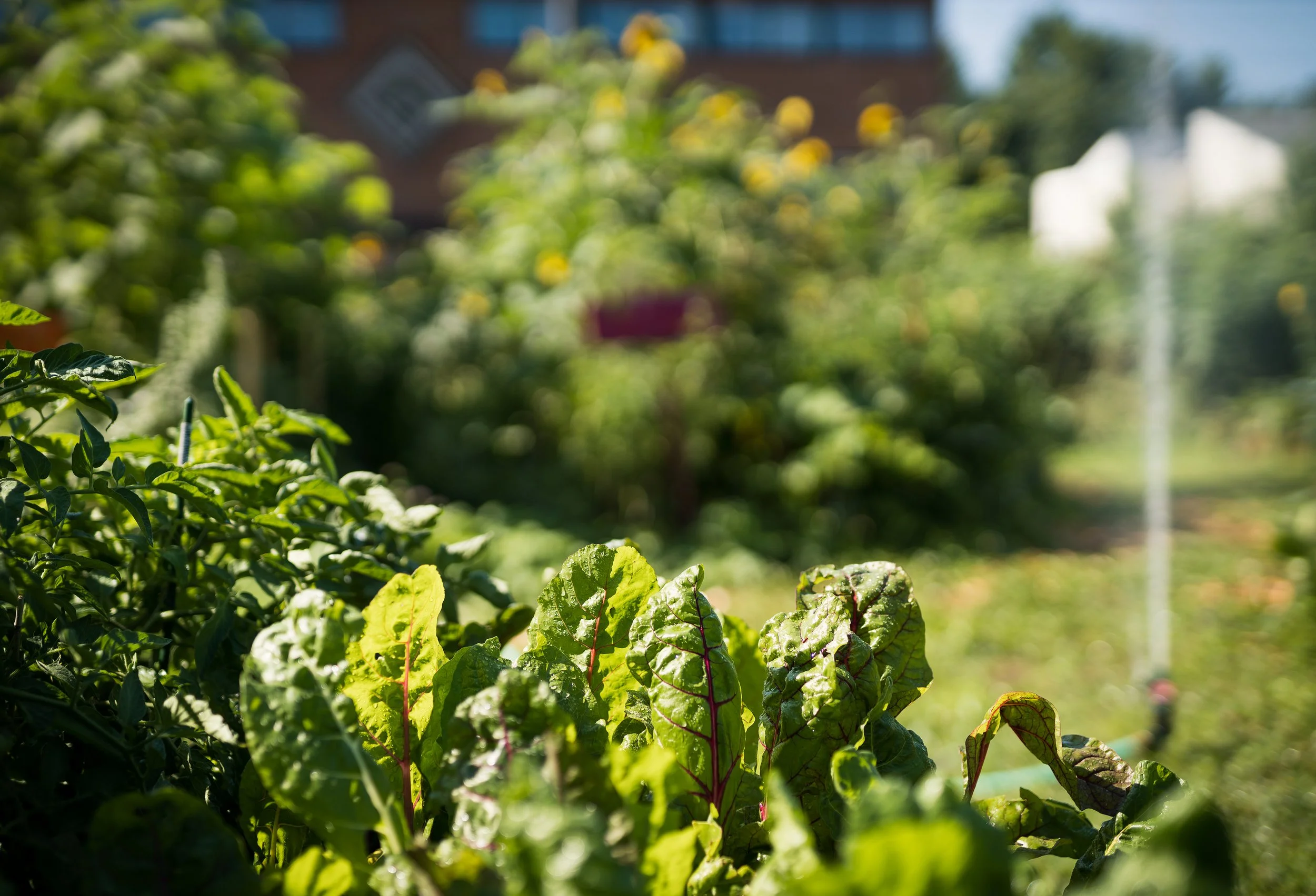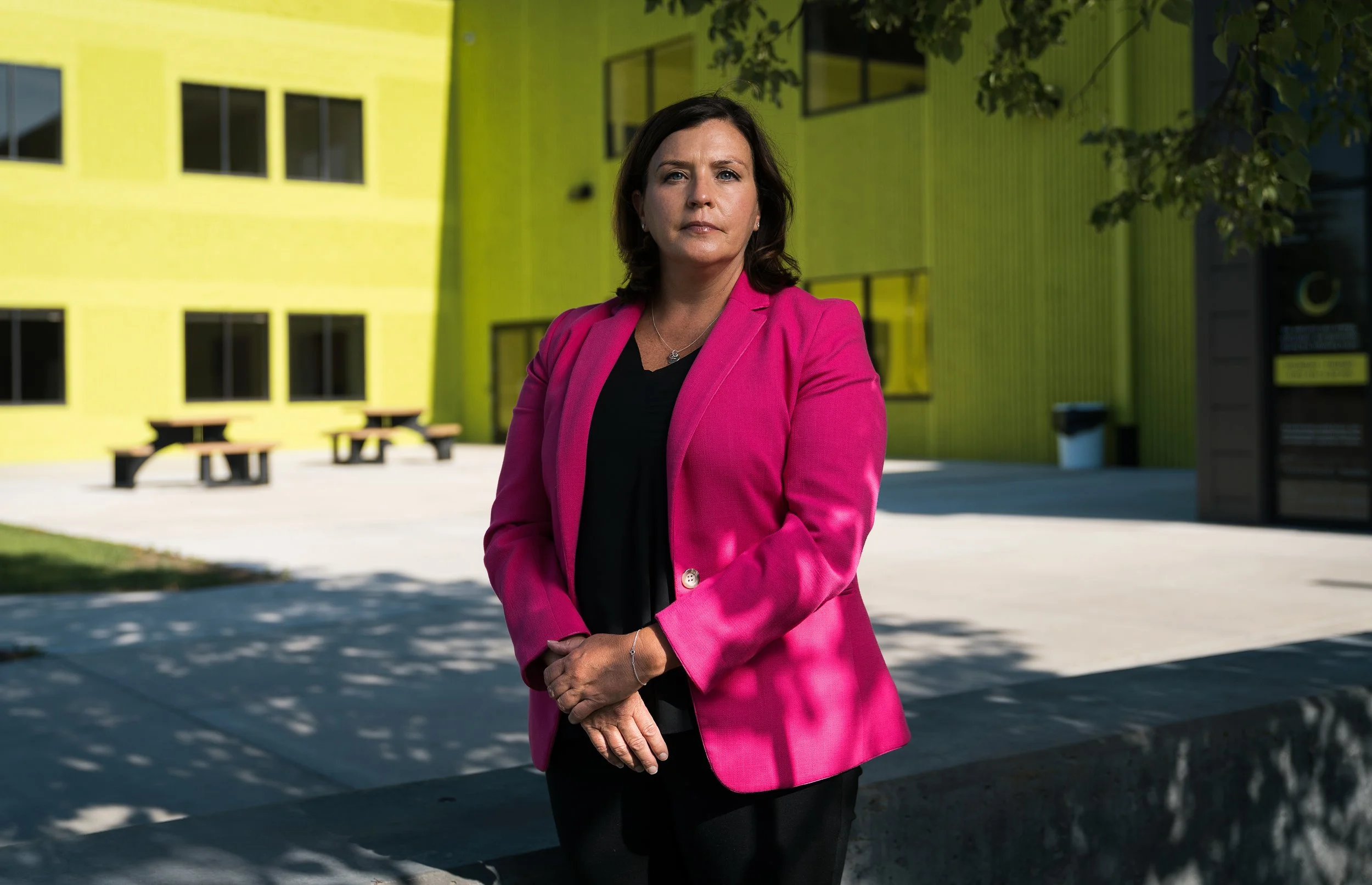
Hungry in the Heartland
Photojournalism and Cinematography | Bloomberg News | Mankato and Minneapolis, MN
“WE ARE NO LONGER PROJECTING A SURGE—WE ARE EXPERIENCING A SURGE IN FOOD INSECURITY”
-Allison O’Toole, the chief executive officer of Second Harvest Heartland, who provides truckloads of food to distributions like the one in Mankato.
During the pandemic, about 10% of American households reported they haven’t had enough food in a given week. That’s a shocking figure for the world’s richest country. It’s more than double pre-Covid figures and the highest since comparable government data starts in 1995.

Pressure on Food Banks
IN A PRE-COVID WORLD, IT WAS AMONG THE MOST FOOD-SECURE STATES. NOW ONE IN EIGHT PEOPLE IN THE STATE IS PROJECTED TO STRUGGLE WITH HUNGER.

COMMUNITY RESPONSE
FOOD INEQUALITIES ARE ALSO EXACERBATED ALONG RACIAL LINES IN THE U.S.
Black Americans are two-and-a half times as likely as their White counterparts to have low or very low access to enough food for an active and healthy life. For Latino Americans, the rate is double that of White people.
About 20% of the Powderhorn neighborhood’s residents live below the poverty line in a state with the country’s largest gap in median income between White and Black people. Some of the grocery stores and restaurants that shuttered during the demonstrations over the killing of George Floyd and against police brutality and systemic racism have yet to reopen.

Pop up groceries
“TO SEE THIS IN MINNEAPOLIS—THIS IS UNREAL. THIS IS IN THE U.S. WHERE WE’RE DEALING WITH THIS,”
Mariano Espinoza, a Latino community specialist with the city government who’s working with Second Harvest to coordinate the pop-ups.

























